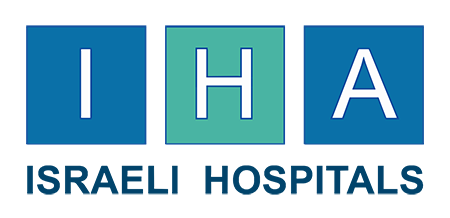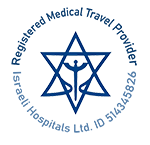EEG Video Monitoring
Monitoring epilepsy using a video encephalogram (EEG) is the most accurate and reliable test for determining the status of epilepsy, identifying the source of epileptic seizures and defining their type.
To perform this diagnostic procedure, a special device that records brain electrical potential and simultaneously videotapes the patient''s behavior, is used. This enables the physician to observe the patient at the time of the attack. The recording is performed continuously for a certain period of time, from one day to two weeks, depending upon the clinical picture and the frequency of attacks.
The video EEG recording system is a computerized system that allows full synchronization between the EEG recording and video monitoring of the patient’s behavior. It is able to transfer data during the recording of OCR episodes on-line, as well as to search and save the data after the recording. Verification is done by means of electrodes fixed on the patient's head. To ensure visibility during the recording, a light stays on all night long. The darkness breaks the quality of testing and may incur additional hospitalization.
After the test has been completed, the results are forwarded to the attending doctor for a definitive diagnosis and prescription of the proper treatment.
The objectives of monitoring:
For patients with epilepsy, this monitoring is crucial for determining the best methods of treatment. It allows us to:
- Assess the possibilities of surgical treatment for epilepsy patients with suspected resistance to drug treatment. This procedure allows us to identify the source of seizures, and thereby offers an opportunity to solve the problem surgically.
- Determine the nature of the attacks in cases that do not have a clear and unequivocal clinical picture, or when all other means of verification do not give a definite answer. The procedure is applicable for epileptic seizures as well as for abnormalities of a non-epileptic nature, such as motor impairment, interruption of breathing, severe sleep disorders, borderline behavior problems in children, repeated loss of consciousness (SYNCOPE), severe cognitive impairment, and seizures based on psychological problems. Accurate diagnosis that determines the type and severity of the disease leads to the correct choice of an appropriate drug (or non-drug) treatment, the most suitable for the particular case. The use of such diagnostic tool as EEG video monitoring allows competent specialists to select the optimal treatment, significantly reduce the time required to find the most successful treatment option, and eliminates unnecessary risk.
- Determine the number of actual epileptic attacks, especially among children. These include:
- recording of sleep patterns throughout the night in order to detect possible ELECTRICAL, ESSES (STATUS EPILEPTICUS IN SLEEP), which can lead to a decrease in cognitive function; speech and behavior problems as well as other disorders like autism. An accurate diagnosis results in a precise treatment.
- recognition of infantile spasms cases that hinder the development of the child and require changes in the current drug treatment.
- recognition of cases of short-term shutdown, which can be recognized unambiguously by neither the patients nor their parents, and yet represent a factor that hinders the child''s development.
Compiled by Dr. Shai Menashko.
Child neurologist of Department of Pediatric Neurology, Edmond and Lily Safra, Hospital, Tel-ha-Shomer.



